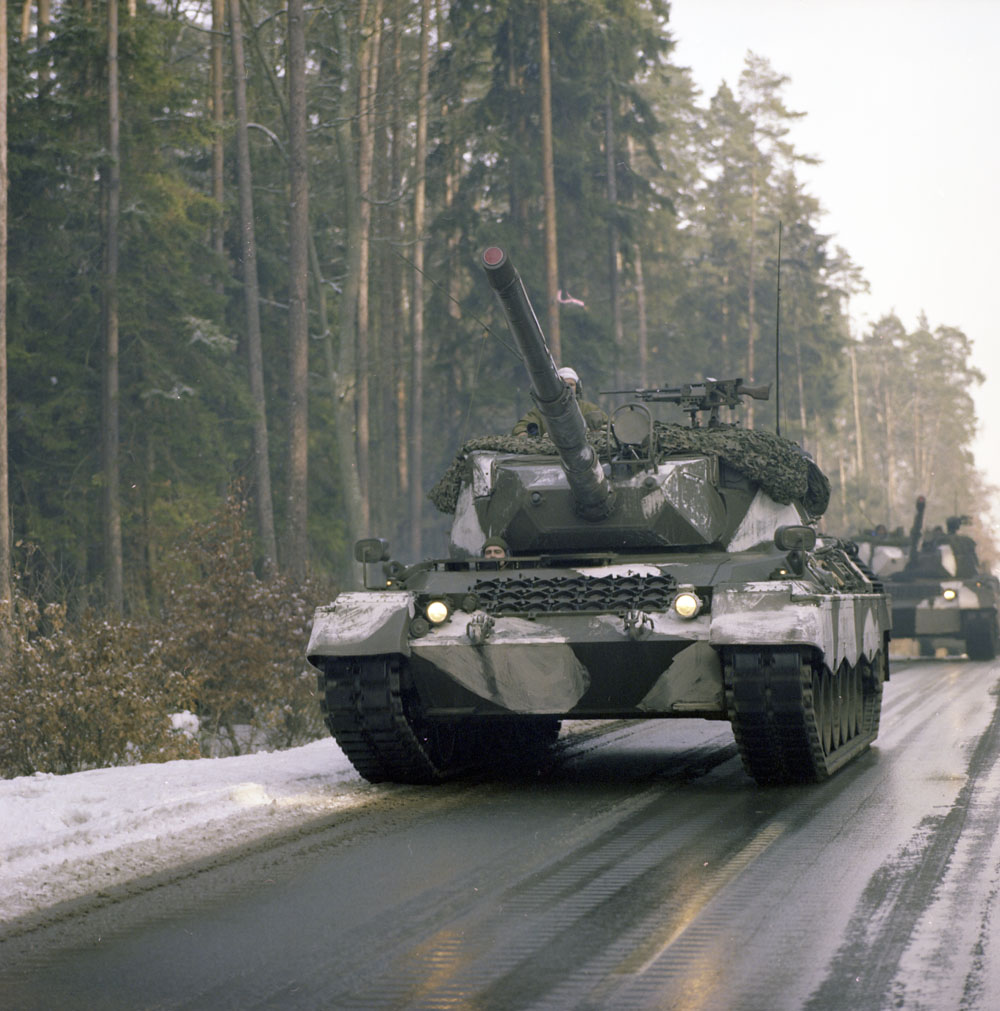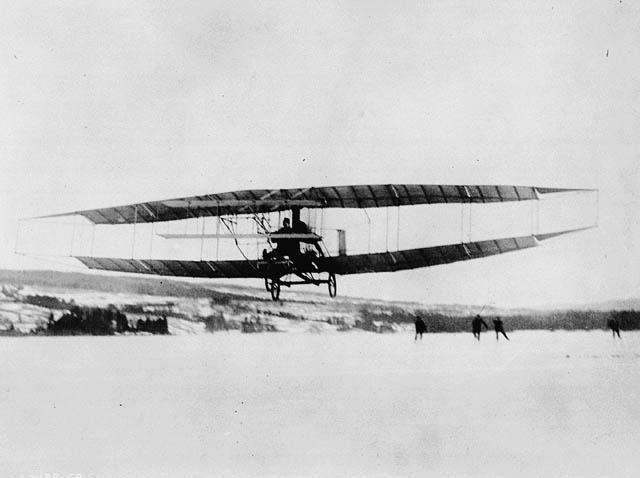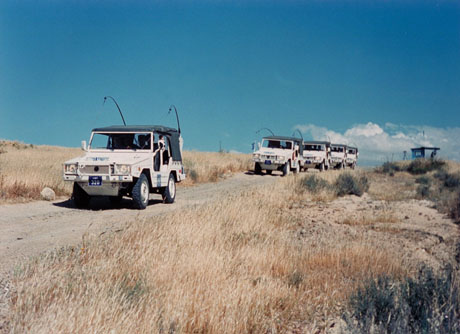Article
Canadian Forces Base Borden
Canadian Forces Base (CFB) Borden has always been primarily a training base for the Canadian Forces (CF). It is located 80 km northwest of Toronto, and was named after Sir Frederick Borden, Laurier's militia minister (1896-1911).













